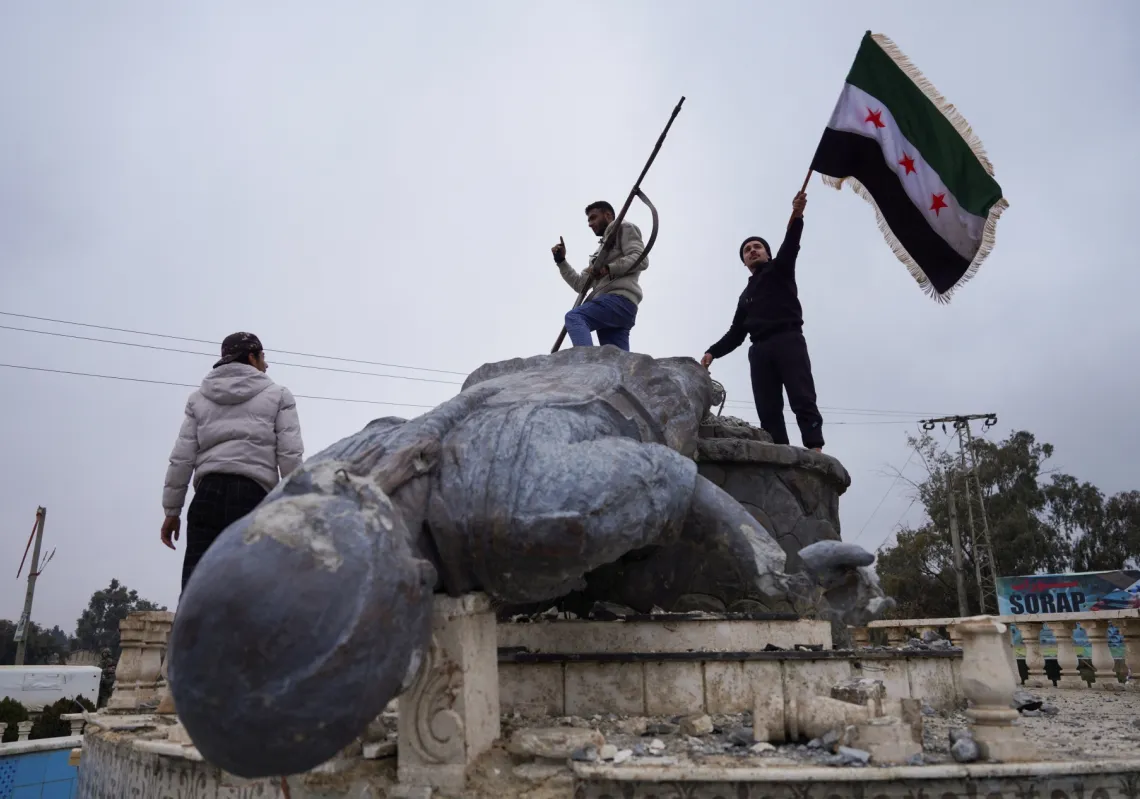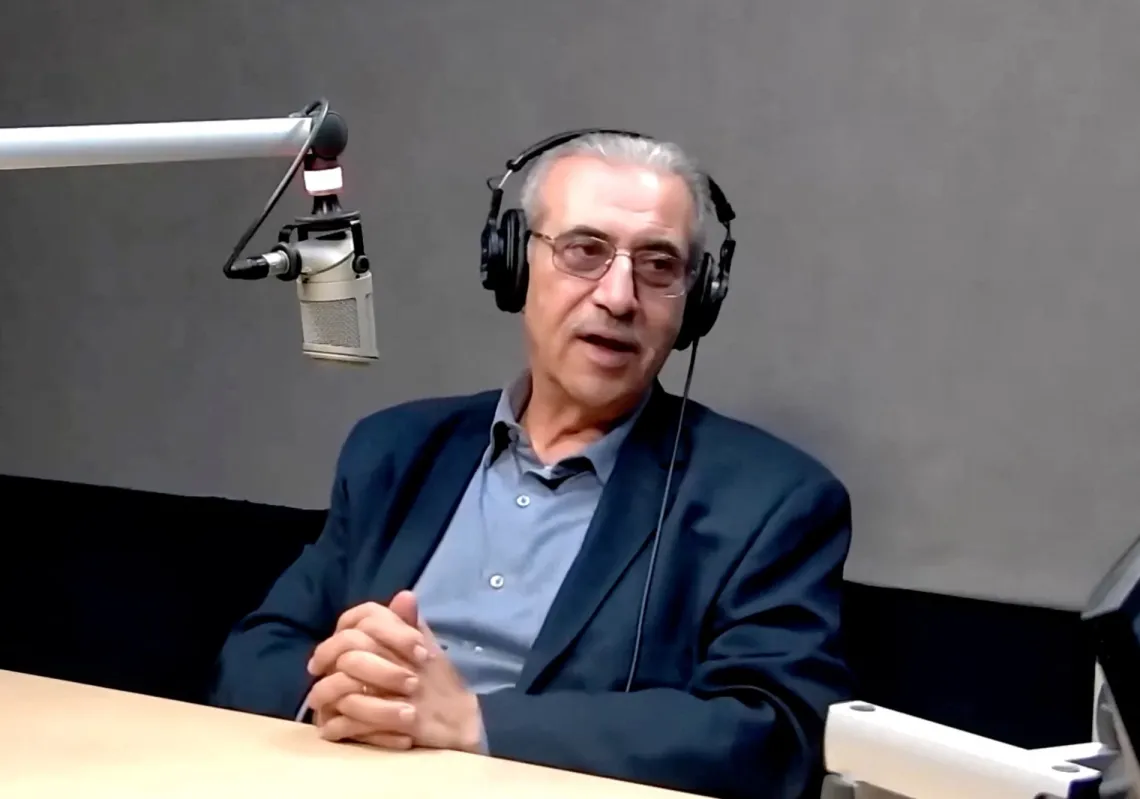Berlin: Can you be jealous of a city? I first felt this when I encountered Berlin. I wrote about the emotions that overwhelmed me on the final day of 2012.
At the time, the Syrian people's uprising was still short of its second year, which means it hadn’t yet progressed significantly towards the war that would devastate villages, displace people, and impoverish those who stayed behind.
It had not yet forced them into a life that did not seem to belong to this era – the era of digital revolution and human rights.
It didn’t take long for me to realise our Syrian cities were in bad shape.

Our love for them was not rooted in their exceptional beauty or historical significance, propped up by a vast imagination and self-inflated feelings of grandeur.
If their inhabitants knew other cities, they would recognise that the identity of Syrian cities had eroded over time. They were on the brink of losing their distinctive features. They would soon be hard to place in a specific era, past or present.
Our cities, which had grown and expanded like tumours, no longer had the structures or facilities that allowed their residents to live happily. They were cities in crisis, home to crushed souls.
It was not a love for the land that was passed down from generation to generation, but rather an attachment to the past, in the face of a fleeting life and a future that offered neither dreams nor hopes.
Rebuilding anew
Berlin is not a city that dazzles you with its beauty.
Instead, like a labyrinth, it draws you into its secrets. The more secrets it reveals, the more you want to discover. There’s a warmth and intimacy that Berlin offers to its visitors and residents.

Ten years later, that distant feeling returns to me. Now, it reminds me of the catastrophes that have struck our own countries, from Syria and Yemen to Lebanon, Sudan and Libya. The list goes on.
The extent of the destruction our cities have endured raises soul-deep questions. Today, they’re testimonies to the horror of past and current annihilation.
This is in contrast to Berlin, a city that was destroyed during the Second World War, but rose again like the rest of Germany, a country that has re-imagined its existence and firmly established itself among the world's most powerful nations today.













